Climate damage caused by Russia’s war in Ukraine and what can be done about it
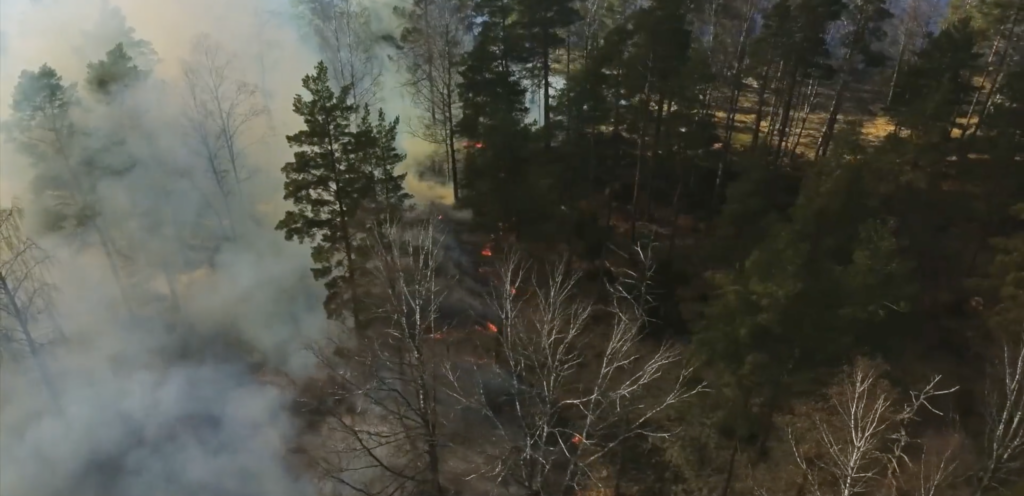
According to a study, Russia’s war against Ukraine has so far caused climate damage comparable to the emission of about 150 million tons of CO2. Troop transports, refugee movements, but also, for example, by the consequences of fires in buildings, forests and landscapes and other natural destruction. So far, about a third of Ukraine’s forests have been damaged or destroyed.
Study: Climate damange caused by russia’s war in Ukraine
Russia’s war in Ukraine has caused extensive devastation, including the destruc- tion or damage of homes, schools, hospitals, and other critical public facilities, leaving citizens without essential resources such as water, electricity, and healthcare. The war has also led to significant environmental damage with the destruction of the Nova Kakhovka dam in June 2023 as one of the most devastating events for both people and nature.
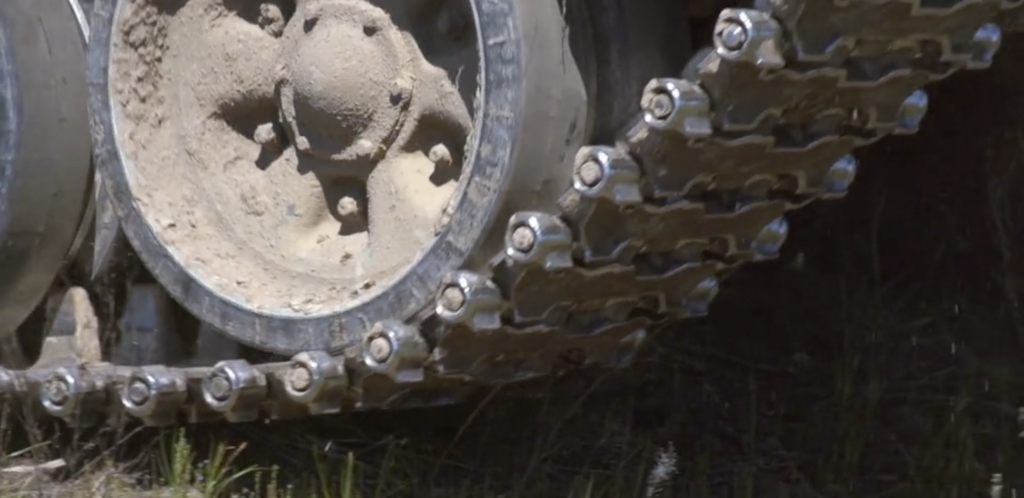
This war impacts the global climate due to the release of significant amounts of carbon dioxide and other greenhouse gases (GHG) into the atmosphere. This third interim assessment concludes that GHG emissions, attributable to 18 months or 555 days of the war, total to 150 million t CO2e. This is more than the annual GHG emissions from a highly industrialized country like Belgium.
Click here for the study. The latest version of the study dates from December 2023.
Total GHG emissions
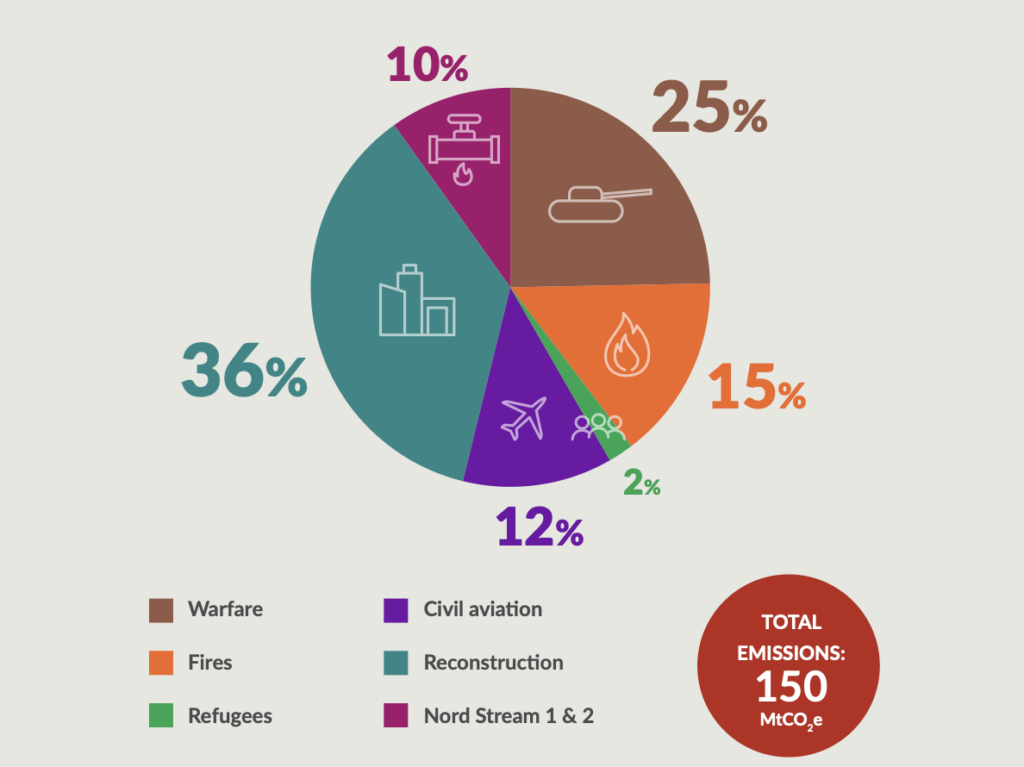
Map of destroyed environment
This map by Greenpeace gives an idea of the destroyed environment caused by the war.
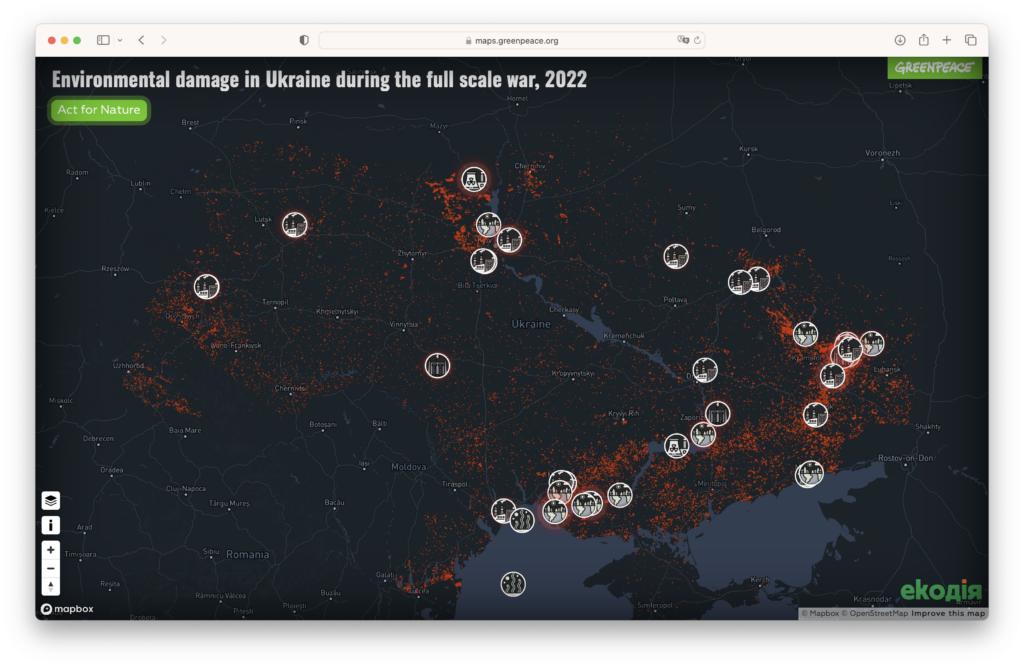
Ukrainian forests
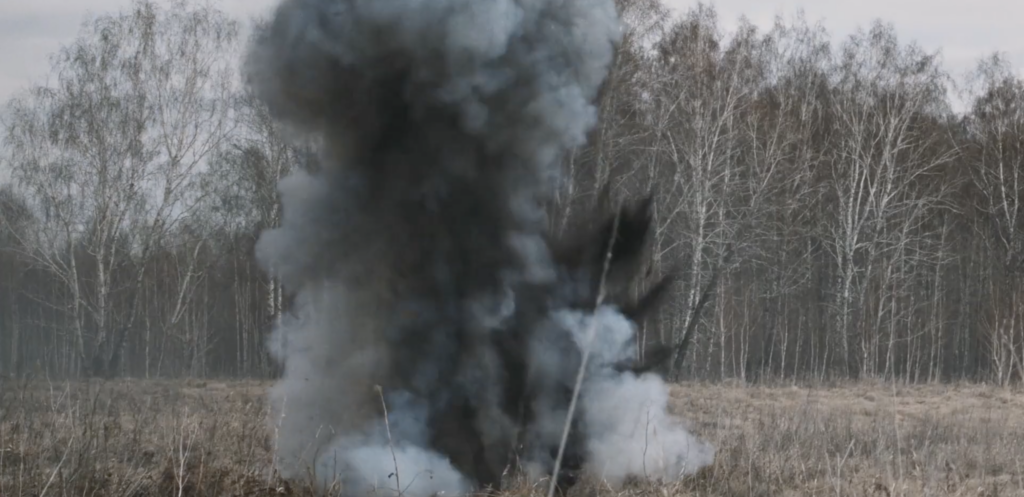
Currently, Ukrainian forests have been contaminated with explosive materials due to the ongoing Russian-Ukrainian war. In both the war zone and formerly occupied territories, hundreds of munitions are being neutralized every day by pyrotechnics experts.
In the occupied and liberated territories, heavy military equipment is moved through the forests, military units are located there, and ongoing combat operations are taking place. The State Forestry Agency has reported that more than 40% of forest fires are a direct result of shelling by the Russian forces.
The war affected approximately 3 million hectares of forests in Ukraine, accounting for almost 30% of the country’s total forest area. This amount is equivalent to the entire area of Belgium. Additionally, another 1 million hectares in the occupied territories have been damaged. However, the forestry in the liberated territories is unsuitable for use and analysis due to the need for extensive demining that could take decades to complete.
What can be done about it?
According to the authors of the study, the most obvious way to undo the damage is to channel funds to the reafforestation of destroyed forests and other nature-based solutions that remove emissions from the atmosphere.
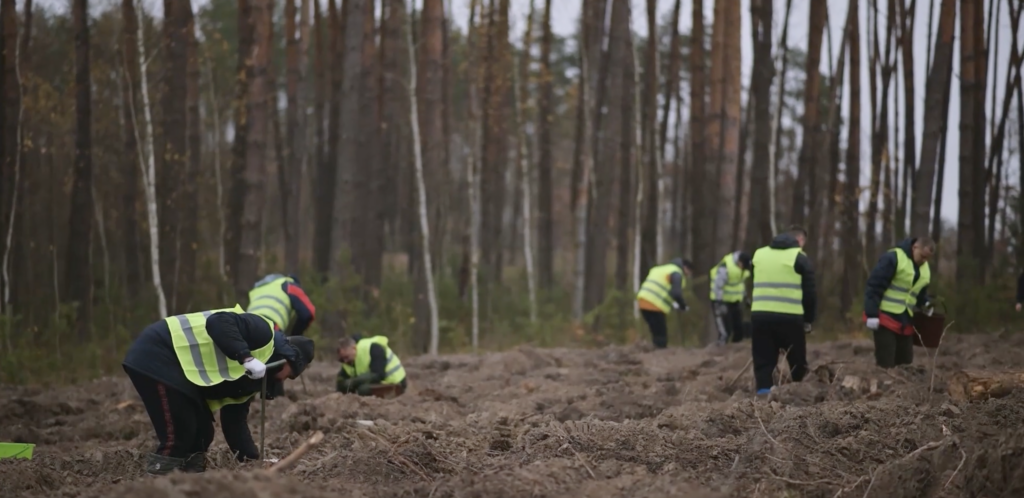
PHINEO Startups supports the ukrainian impact startup Treepilya
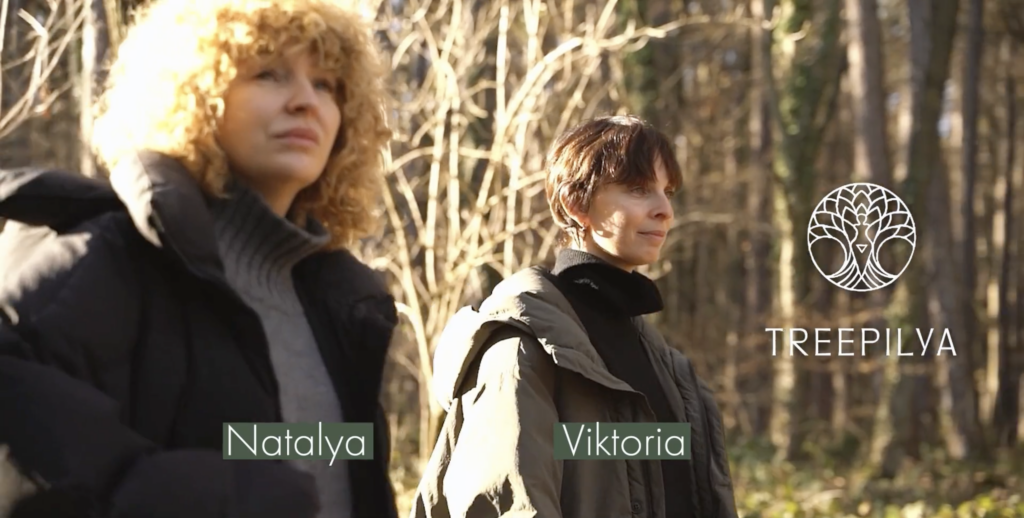
Treepilya’s mission is to restore and enrich Ukrainian forests and natural ecosystems to preserve a healthy environment and accelerate a climate-neutral future.
After the attack, part of the team had to flee and is now scattered all over Europe: from Kyiv to Vienna to Barcelona. Nevertheless, Treepilya participated in our incubator and accelerator program for impact startups.
We have been working with the Treepilya team over the last few months. For example, we were able to win the Chief Tree Planting Officer from Ecosia as a mentor for the team.
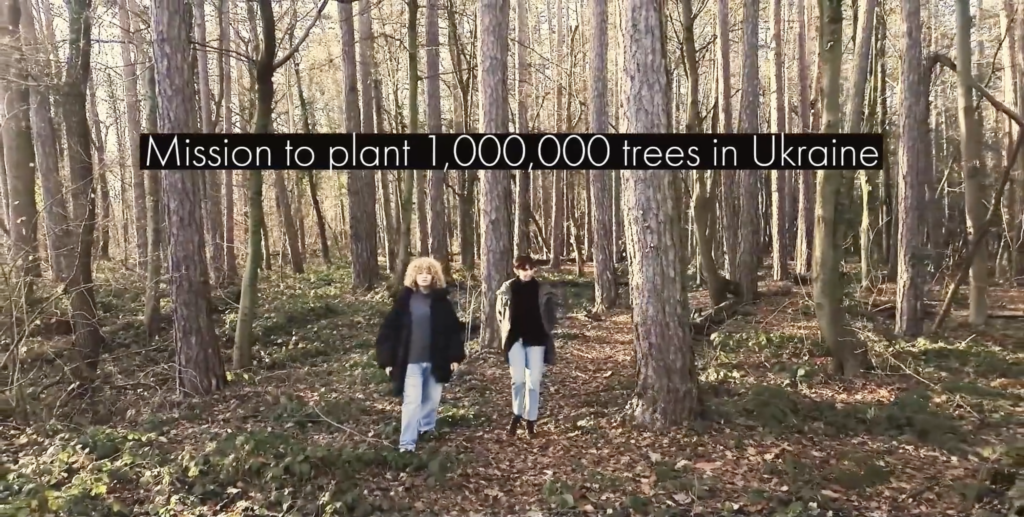
And now Treepilya has launched a crowdfunding campaign on startnext to plant the 1 million trees far from the frontline in the Vinnitsa region: startnext.com/en/reforester-ukraine